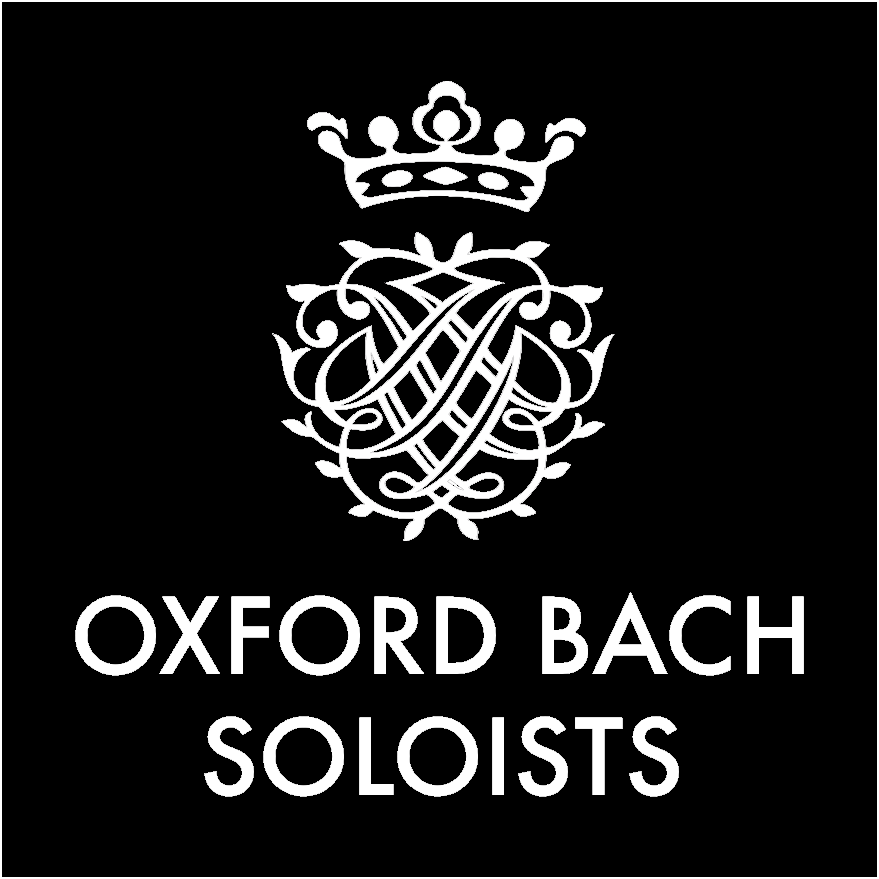July 8-10 sees the Oxford Bach Soloists out on tour performing in some of the most fascinating historic buildings in Lower Saxony in Germany.
All the venues have fascinating histories with several of them being former convents with historical roots stretching back over many centuries.
The first stop is to two venues in the beautiful town of Lüneburg. The first of these is St Michael’s Church in the centre of town for a lunchtime event. This is a dream come true for the Oxford Bach Soloists – to perform where Bach himself once sang as a chorister for three years from 1700.
The oldest documents of this building date back to Otto I the Great in 956. The present structure is a prime example of the “Halle Kirchen” or red-brick hall churches of Northern Germany. Construction of this impressive church of the former Benedictine monastery of St. Michael began in 1376 and was completed in 1412.
The other venue in this historic town will be the lovely Lüne Abbey. It was originally built for Benedictine nuns and today is home to a chapter of Lutheran conventuals.

Lüne Abbey
Lüne Abbey was founded in 1172 by Hildeswidis von Markboldestorp but after a major fire the monastery was rebuilt in 1380 the Brick Gothic style after a major fire.
In 1711 Duke George-Louis – who, three years later was to become George I of Great Britain – ordered that the monastery was turned into a Lutheran convent, whose primary task was to take care of unmarried daughters of Lüneburg’s country gentry.
The following day the Oxford Bach Soloists travel to Kloster Mariensee – an Evangelical Lutheran women’s convent in Mariensee closer to Hanover.

Mariensee Abbey
The Kloster Mariensee was founded in 1207 as a Cistercian women’s monastery by Bernard II, Count of Wölpe and endowed with a vast landownership.
The final day of the tour takes to the magnificent Gartenkirche St Marien in the heart of Hannover – the capital of Lower Saxony.

Gartenkirche
Rather a chequered history this one: a little chapel dedicated to Mary was built in 1354. As the city expanded this was demolished and replaced by another shape which in turn was also demolished 100 years later. In 1749 a new church, financed by donations from the city and royal family was completed. The congregation of this garden church were the inhabitants of what became known as the Garden District. They were the small farmers who supplied the city of Hannover with fruits and vegetables. This was replaced in 1891 by the current church, the garden church which was restored in 1950 following severe damage by bombing in 1943.


